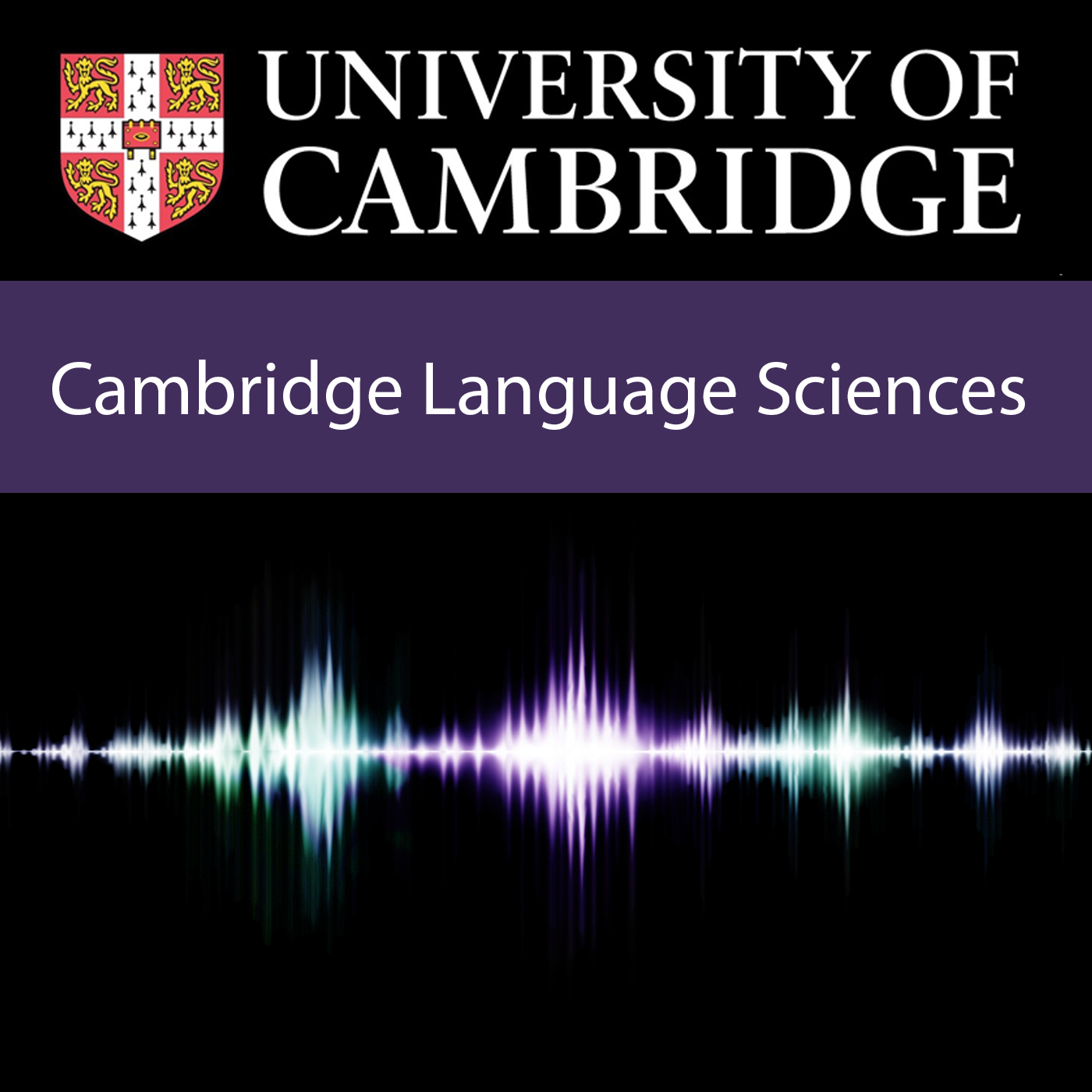Reading in a second language: Influences of context, world knowledge, and structural complexity
Duration: 21 mins 59 secs
Share this media item:
Embed this media item:
Embed this media item:
About this item

| Description: | Talk by Dr Margreet Vogelzang, postdoctoral researcher in the University of Cambridge section of Theoretical and Applied Linguistics |
|---|
| Created: | 2021-06-30 20:55 |
|---|---|
| Collection: |
Language sciences research symposium for early-career researchers, 2021
Cambridge Language Sciences |
| Publisher: | University of Cambridge |
| Copyright: | Dr Margreet Vogelzang |
| Language: | eng (English) |
| Distribution: |
World
|
| Keywords: | language acquisition; reading; language and cognition; |
| Explicit content: | No |
| Aspect Ratio: | 4:3 |
| Screencast: | No |
| Bumper: | UCS Default |
| Trailer: | UCS Default |
| Abstract: | Many of us, including myself, are not native speakers of English. Nevertheless, we communicate, read, and write in English nearly every day. The level of proficiency achieved by some non-native speakers is impressive, but some challenges may still remain. My research focusses specifically on the skill of reading in a second language. Reading is a complex skill that requires processing of phonological, semantic, and syntactic information. In addition, information from different parts of a text needs to be stored and integrated.
Things become especially difficult when parts of a sentence are ambiguous, meaning that more than one interpretation is possible. For example, the prepositional phrase ‘with the binoculars’ in the syntactically ambiguous sentence in (1) can grammatically be attached to either the verb (high attachment) or the second noun (low attachment): (1) The man saw the woman with the binoculars This means that either the man or the woman could be holding the binoculars. Native English speakers generally prefer high attachment, i.e. they think that in sentence (1) the man is holding the binoculars. Nevertheless, it is known that both text-explicit information (the discourse context) and pragmatic information (world knowledge) can guide attachments in native English speakers. It is however largely unknown if and to what extent second language speakers are influenced by such information. In this talk, I present the results of a series of reading tasks investigating how native English speakers and native Spanish speakers that speak English as a second language interpret sentences such as (1). We manipulated structural complexity of the sentences preceding the critical sentence (the context), text-explicit information, and world knowledge to examine which of these factors affect PP attachment. Our results show that like native English speakers, second language speakers prefer high attachment, but interpretations are flexible and influenced by text-explicit and pragmatic information. However, we also found differences between how native English speakers and second language speakers read and interpret sentences such as (1); these differences will be discussed in the talk. |
|---|---|
Available Formats
| Format | Quality | Bitrate | Size | |||
|---|---|---|---|---|---|---|
| MPEG-4 Video | 640x360 | 675.02 kbits/sec | 108.69 MB | View | Download | |
| WebM | 640x360 | 288.0 kbits/sec | 46.41 MB | View | Download | |
| iPod Video | 480x360 | 510.54 kbits/sec | 82.20 MB | View | Download | |
| MP3 | 44100 Hz | 249.82 kbits/sec | 40.26 MB | Listen | Download | |
| Auto * | (Allows browser to choose a format it supports) | |||||

